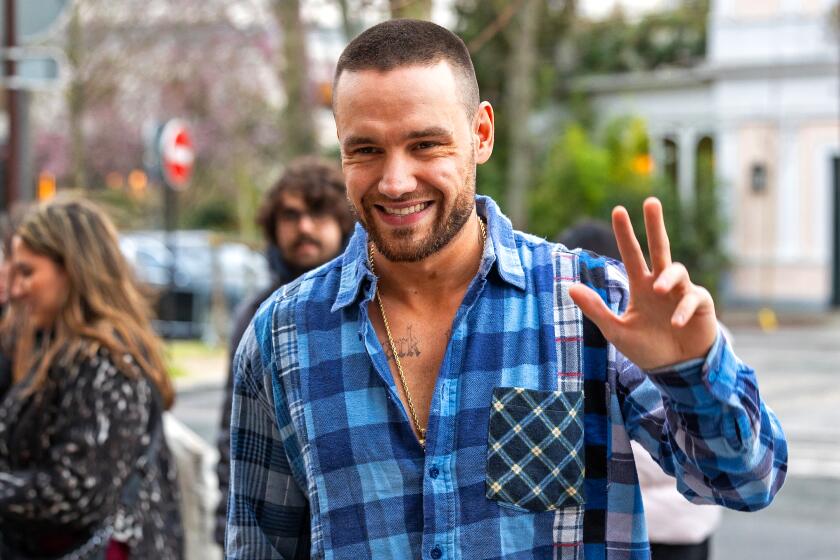JAZZ REVIEW : Art Davis Lets Past Resonate in Spaghettini Set
SEAL BEACH — Like McCoy Tyner, Elvin Jones and Pharoah Sanders, Art Davis is a direct link to the legacy of the late John Coltrane. Davis played bass on a number of Coltrane’s most ambitious albums, and the two carried on a friendship as well as a professional and artistic relationship.
So it was fitting that Davis’ quartet opened its first set Sunday at Spaghettini with a pair of Coltrane numbers. And while the lounge at the tony Italian restaurant may seem like the last place to hear a serious presentation of the music that shook the world 30 years ago, Davis and company succeeded in capturing the spirit of the great saxophonist’s sound as well as the attention of a standing-room-only crowd.
The members of Davis’ quartet, though a generation or more removed from Coltrane’s heyday, were startlingly effective. Pianist Nate Morgan played with the insistent push and smooth aggressiveness that pianist Tyner displayed as a member of the Coltrane quartet.
Drummer Sonship Theus is a master of percussive color and polyrhythms, much like Jones. Even saxophonist Phil Vieux, though falling far short of Coltrane’s prowess, worked with the intense honesty and risky adventurousness for which the sax giant is admired.
The introspective theme of Coltrane’s “The Wise One” was a perfect introduction, casting a spell of quiet on the lounge’s clientele and setting the theme for what was to follow. Davis created a solid drone touched sparingly with embellishments for Vieux’s tenor before delving into a bowed solo that carried tastes of both Eastern mysticism and East Coast bop.
The group followed with “Dahoney Dance,” a lesser-known Coltrane number that revolved around the form of Miles Davis’ “All Blues.” Art Davis became more active, his left hand scuttling spider-like up and down the neck of his upright, while Vieux spun soprano lines against this web of support. The bassist moved into a solid groove based on only two tones to back Morgan’s improvisation before Vieux experimented with short phrases from bass clarinet.
In addition to his relationship with Coltrane, Davis was involved with many of the jazz greats of the post-bop era, including Max Roach and Art Blakey. It’s this period that is reflected in the bassist’s own composing, witnessed here with his “Everybody’s Doing It,” an easygoing number with a decidedly Latin feel.
This time, Vieux stated the theme on flute before Davis executed another bowed solo, this one full of crisp, cascading lines. Vieux’s improvisation was marred by his ill-toned vocalism sounding above the flute, but Morgan rescued the piece during his solo with a distinctly rhythmic approach.
Before ending the set, Davis called up L.A. Philharmonic pianist Zita Carno to duet with him on Coltrane’s “Like Sonny.” This time Davis stayed in the background, framing Carno’s upwardly swirling lines and dissonant asides in what was probably the most sophisticated performance this room has heard since Walter Norris played here last summer.
Though Davis, who teaches jazz history at Orange Coast College in Costa Mesa, is now far removed from the explosive New York jazz scene of the ‘60s, he carries the spirit and ambition of that period to a new generation.
He’s recently finished his first album in a long while, a recording that includes the likes of pianist Herbie Hancock, drummer Marvin (Smitty) Smith and saxophonist Ravi Coltrane, the son of his late colleague. If the album sounds as good as Davis’ appearance at Spaghettini, its release sometime in the fall should be quite an event.
More to Read
The biggest entertainment stories
Get our big stories about Hollywood, film, television, music, arts, culture and more right in your inbox as soon as they publish.
You may occasionally receive promotional content from the Los Angeles Times.










